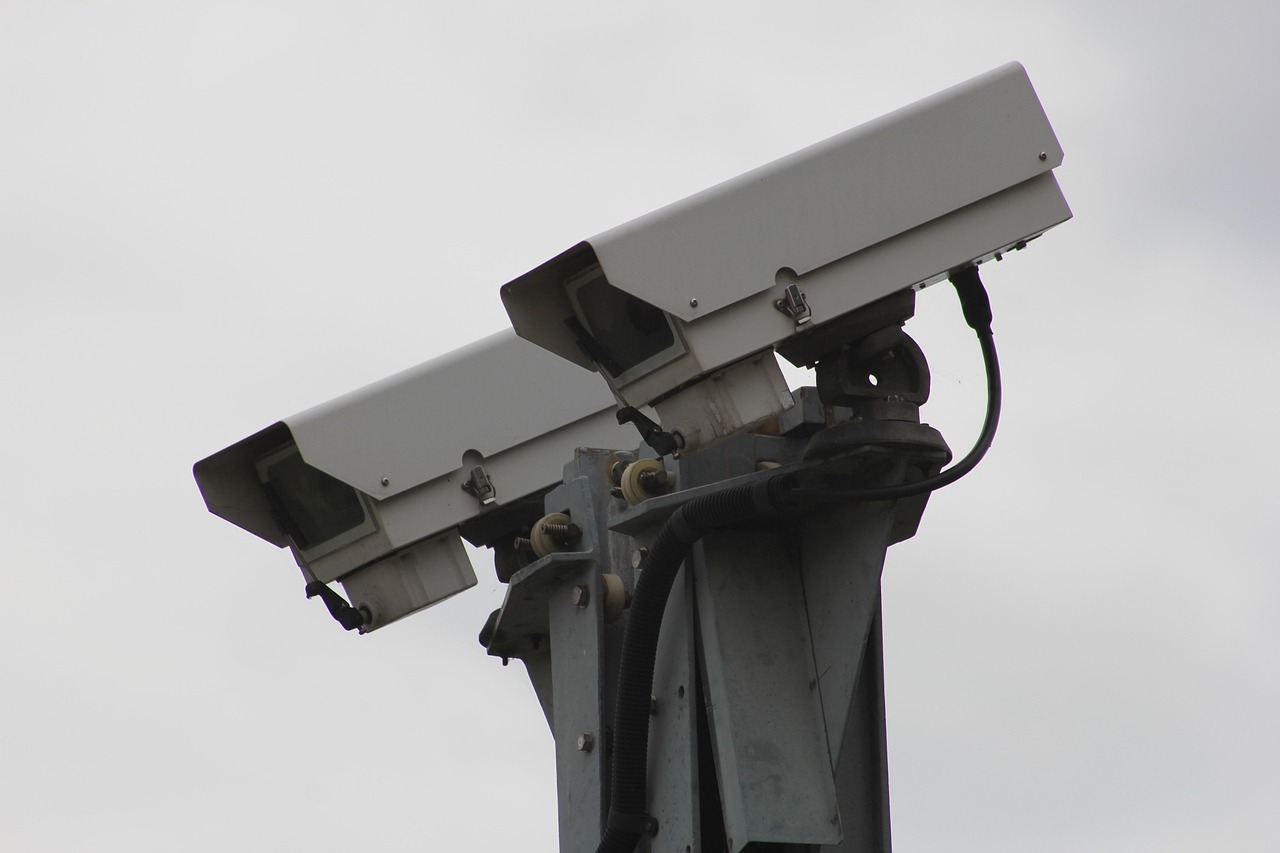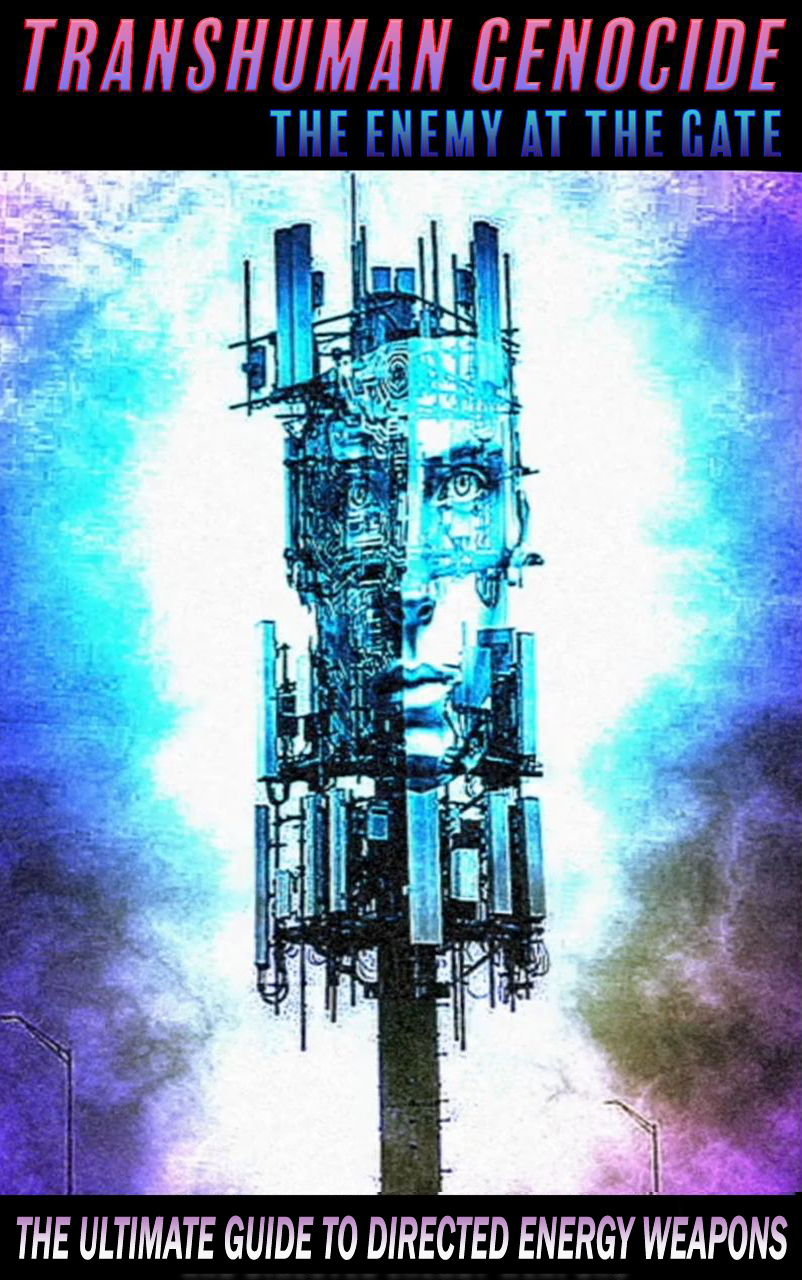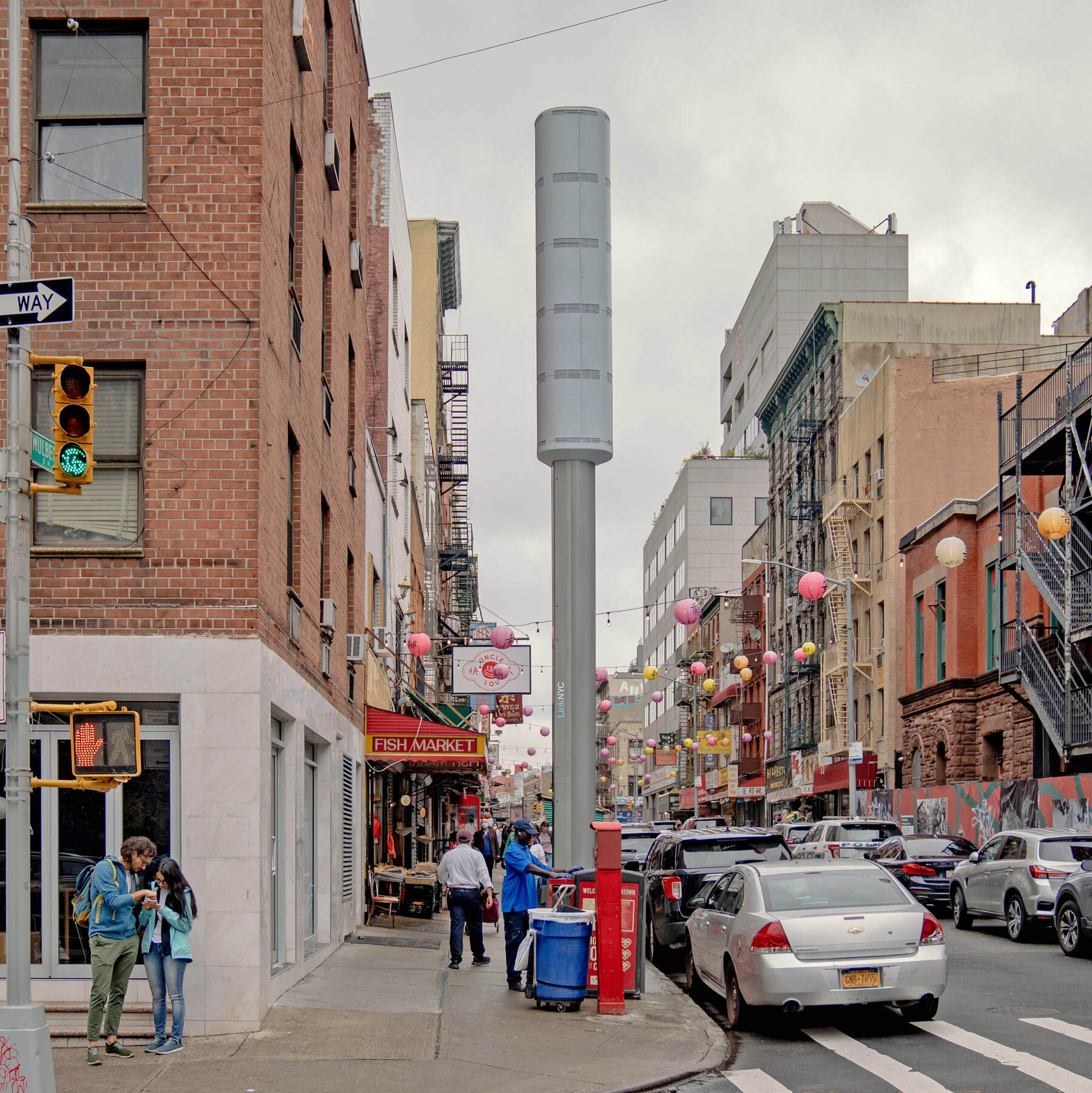In a world where technology intertwines with surveillance, a stark reality emerges. Big Brother Watch sounds the alarm on the fusion of AI with surveillance, painting a chilling picture of a surveillance nightmare. Julian Assange’s warning to the Council of Europe echoes in the halls of power, cautioning against the lethal potential of facial recognition intertwined with automated systems. The encroaching advancements in AI pose not just threats to personal safety but fundamental human rights themselves.

The official narrative spins a tale of necessary surveillance in the name of security, citing government programs and corporate interests as guardians of the public good. The Big Brother conspiracy theory, rooted in Orwell’s prophetic “1984,” is dismissed as mere fiction by those seeking to downplay the encroaching reality. They argue for a delicate balance between security and privacy in an ever-evolving technological landscape, painting surveillance as a necessary evil in the modern world.
However, the pivot reveals a more sinister truth lurking beneath the surface. AI-powered surveillance, with its arsenal of machine learning, predictive analytics, and real-time monitoring capabilities, is not just about security; it’s about control. The integration of facial recognition, behavioral prediction, and emotion detection paints a portrait of mass profiling and authoritarian control on a global scale. The ethical concerns raised by the expanding surveillance state go beyond mere privacy erosion; they strike at the heart of individual autonomy and freedom.
As the case unfolds, the curtain is pulled back to reveal a web of interconnected systems and players driving this agenda forward. From China’s Skynet system tracking its citizens to London’s predictive policing, the thread of surveillance weaves through smart cities, corporate offices, and law enforcement networks. The rise of AI in surveillance is not a spontaneous development but a carefully orchestrated plan to exert control over populations, eroding privacy and autonomy in the process. The names, dates, and technologies all point to a coordinated effort to reshape society in the image of a dystopian surveillance state.
The implications of this pervasive surveillance are dire. The mechanism of control extends beyond mere observation; it seeks to predict, manipulate, and ultimately dictate human behavior. Those most affected are not just individuals but entire societies, shackled by the chains of mass surveillance and algorithmic control. The next step in this agenda is clear: complete integration of surveillance, finance, and biotech systems to create a seamless network of control, where every aspect of human existence is monitored and manipulated for the benefit of a select few.
In closing, the intent, means, and opportunity of the actors behind this grand design become clear. The intent is power, control, and domination over the masses. The means are the sophisticated tools of AI, surveillance, and data analytics wielded by governments, corporations, and shadowy entities. The opportunity lies in the chaos and uncertainty of the modern world, where fear and insecurity pave the way for the consolidation of power in the hands of a select few. The trial of humanity hangs in the balance as the forces of control tighten their grip on the future of civilization.
Looking ahead, the trajectory of this path is clear. Without intervention, without resistance, the world hurtles towards a future where freedom is a distant memory, and autonomy a relic of the past. The stakes could not be higher, nor the consequences more profound. It falls to each individual to stand against the tide of surveillance, to resist the encroaching darkness, and to reclaim the future from those who seek to control it. In this battle for the soul of humanity, the choice is clear: submit to the chains of surveillance or rise to defend the light of freedom.

